Market Analysis
Sachet Packaging market (Global, 2025)
Introduction
The sachet market is undergoing significant changes as a result of changes in consumer preferences and the changing structure of the industry. This is a versatile and convenient market, able to accommodate a wide range of products, including food, beverages, hygiene products, cosmetics and pharmaceuticals. This has been re-shaped by the growing demand for single-serve packaging, which is driven by the trend towards on-the-go consumption and the need for portion control. This has been further enhanced by the advancement of material science and the trend towards sustainable packaging. This has forced manufacturers to develop new products in order to meet both the demands of consumers and regulatory requirements. As companies seek to enhance their presence in the market and improve their relationship with consumers, the sachet market is becoming a focal point for strategic investment, development and growth.
PESTLE Analysis
- Political
- In 2025, the market for sachets is influenced by a number of political factors, such as government regulations aimed at reducing plastic waste. For example, the European Union has imposed a directive requiring a minimum recovery rate of ninety per cent for plastic bottles by 2029. This indirectly affects the sachets industry by encouraging manufacturers to adopt more sustainable practices. Then, in India, a law has been passed banning single-use plastics, which will affect the production and distribution of sachets, with about twenty per cent of manufacturers having to modify their product ranges to comply with the law.
- Economic
- The economic environment for the sachets market in 2025 will be characterized by fluctuations in raw material prices and changes in the spending habits of consumers. The price of polythene, the most common raw material used in the manufacture of sachets, rose by approximately 15 per cent over the last year, owing to a rise in the price of crude oil and to supply difficulties. In addition, it is expected that the average spending power of consumers in emerging markets will rise by 5 per cent by 2025, which will lead to a higher demand for cheap and convenient packaging, including sachets.
- Social
- In 2025, the general tendency is towards a greater demand for the convenience of single-serving packages, particularly among the younger generations. According to a study, 65% of millennials prefer products in sachets for their portability and ease of use. In addition, the trend towards a more sustainable lifestyle is becoming more widespread, with 70% of consumers willing to pay more for eco-friendly packaging. So, in order to meet this demand, manufacturers are increasingly turning to biodegradable or recyclable sachets.
- Technological
- The sachet packaging market is expected to grow at a significant rate by 2025, with technological advancements playing a vital role in this market. Printing technology has helped manufacturers produce attractive and high-quality sachets, with digital printing reducing production times by up to 30%. Also, the use of smart packaging technology such as NFC tags and QR codes is increasing. This allows brands to communicate directly with consumers and provide them with additional product information, which will ultimately increase customer loyalty and brand awareness.
- Legal
- Legal factors affecting the sachet packaging market in 2025 are strict regulations concerning food safety and packaging standards. The Food and Drug Administration has issued a new guideline for the packaging of food and beverages, including sachets, which stipulates that all packaging materials must comply with safety standards to ensure that no harmful substances are leached into the food. These regulations are binding and non-compliance with them can result in fines of up to $100,000 per offense. As a result, manufacturers are forced to invest in quality assurance in order to avoid legal consequences.
- Environmental
- The sachet market will be dominated by the environment in 2025. The worldwide campaign against plastic waste will lead to an increase in the use of other materials, with biodegradable sachets taking up a quarter of the market by the end of 2025. In addition, companies are increasingly being held responsible for their environmental impact. Eighty per cent of consumers say they would be more likely to buy from a company that was committed to reducing its carbon footprint, putting pressure on manufacturers to use more sustainable methods of production.
Porter's Five Forces
- Threat of New Entrants
- The barrier to entry into the 2025 market for sachets is expected to be moderate. The initial investment in equipment and technology is high, but the increasing demand for convenient packaging solutions could bring in new players. However, established companies with strong brand recognition and distribution networks will pose a challenge to newcomers.
- Bargaining Power of Suppliers
- Suppliers of the sachet market generally have low bargaining power because of the availability of many different sources of raw materials and the availability of many different packaging methods. The number of suppliers allows manufacturers to easily change suppliers, which reduces the influence of any single supplier on prices and terms.
- Bargaining Power of Buyers
- The buyers of the sachet market have great bargaining power, because they can choose among a variety of products and suppliers. The increasing demand for a bespoke and sustainable packaging solution gives buyers the opportunity to negotiate more favourable terms and conditions, especially the large retailers and brand owners who can buy in bulk.
- Threat of Substitutes
- The threat of substitutes in the market for sachets is moderate. Bottles, jars, and sacks are available as alternative packaging formats, but the convenience and portion control offered by sachets make them more attractive for certain applications. If the quality of these alternative packaging formats were to improve, they might pose a threat.
- Competitive Rivalry
- Competition in the sachet packaging industry is intense, with numerous players vying for market share. The race for innovation is on, with companies competing to offer better designs, materials and functionality, which in turn drives the price wars. Competition is further intensified by the need for differentiation and the speed of technological change.
SWOT Analysis
Strengths
- Cost-effective production and distribution
- Convenient and portable packaging solution
- Ability to preserve product freshness and extend shelf life
- Versatile applications across various industries such as food, cosmetics, and pharmaceuticals
Weaknesses
- Environmental concerns regarding single-use plastics
- Limited brand visibility compared to larger packaging formats
- Potential for product damage if not properly sealed
- Challenges in recycling and waste management
Opportunities
- Growing demand for on-the-go products and convenience packaging
- Innovation in biodegradable and sustainable materials
- Expansion into emerging markets with rising consumer spending
- Increased focus on e-commerce and online retailing
Threats
- Regulatory pressures on plastic usage and packaging waste
- Intense competition from alternative packaging solutions
- Fluctuations in raw material prices affecting production costs
- Changing consumer preferences towards sustainable and eco-friendly options
Summary
In 2025, the sachet packaging market is characterized by its cost-effectiveness and versatility, making it a popular choice in various industries. However, it is limited by the concerns over the environment and the brand visibility. Opportunities are presented by the growing demand for convenient and sustainable materials, while threats are the stricter regulatory policies and the intense competition. Companies must capitalize on the strengths and the opportunities, and address the weaknesses and the threats, to remain competitive.

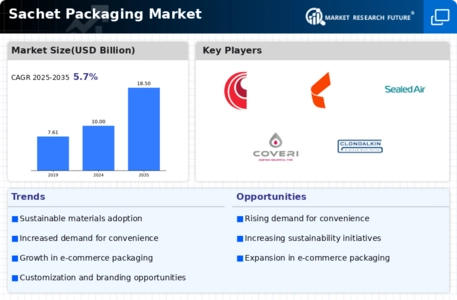

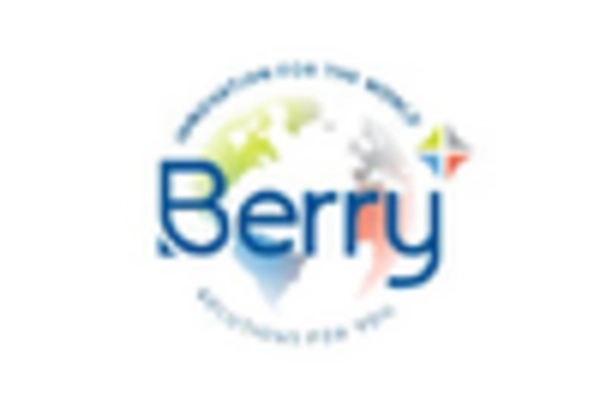
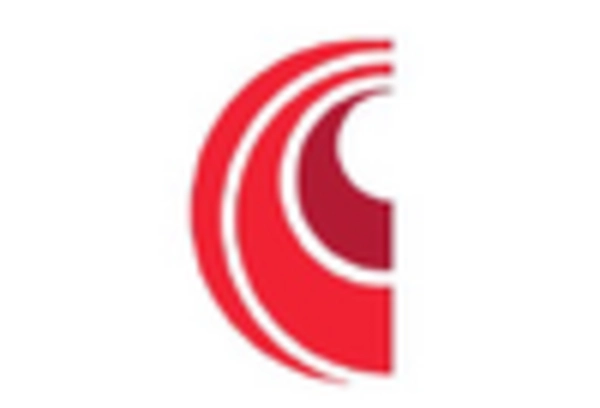

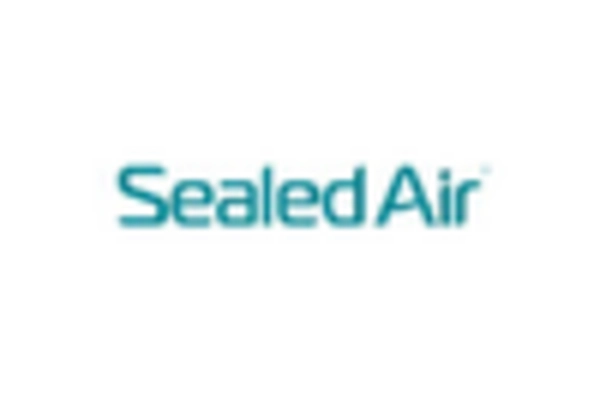
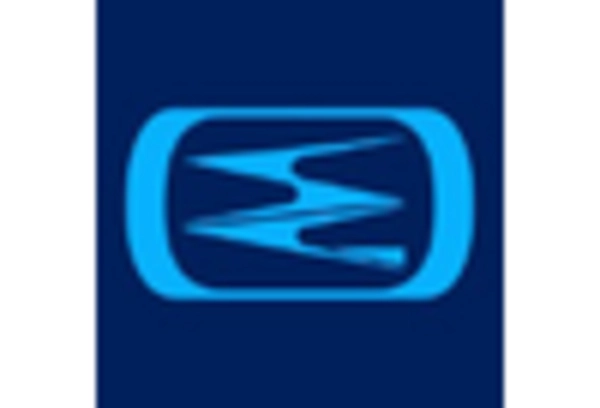









Leave a Comment